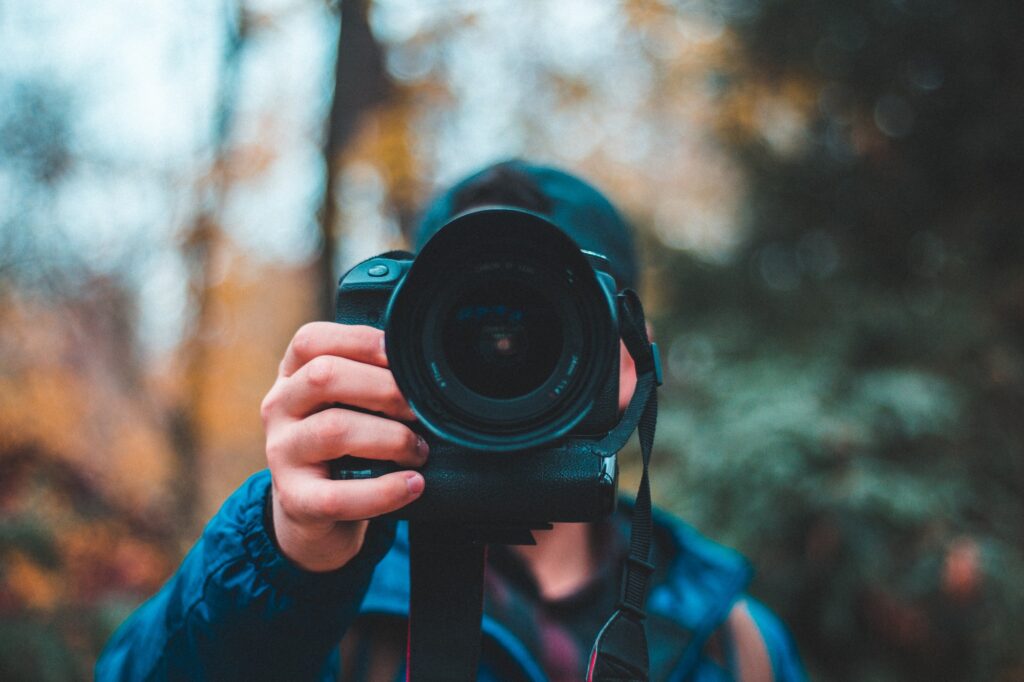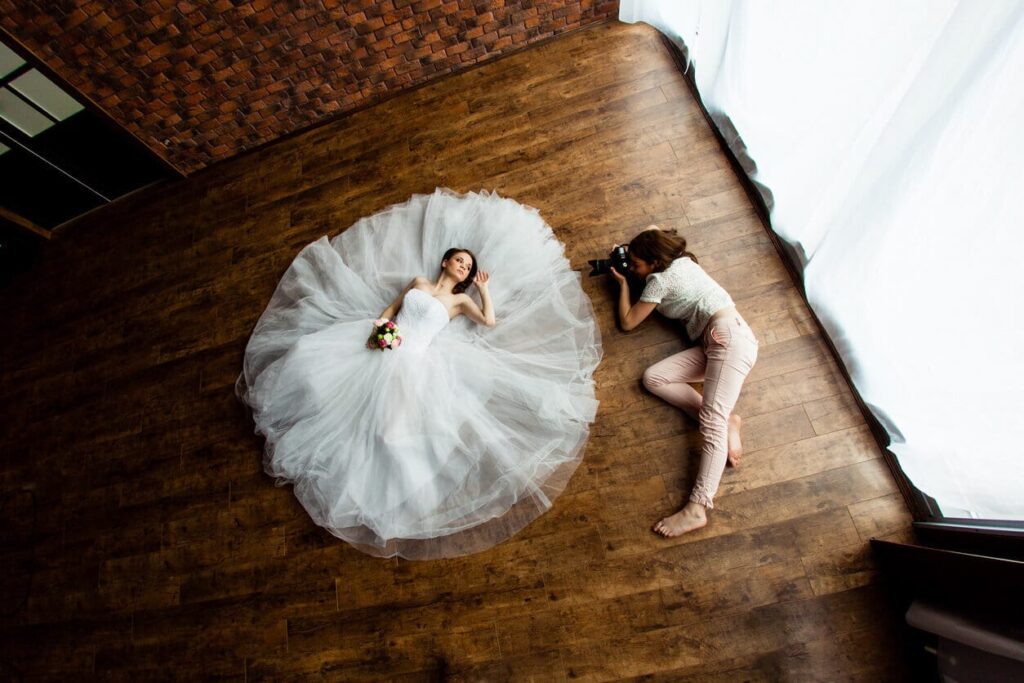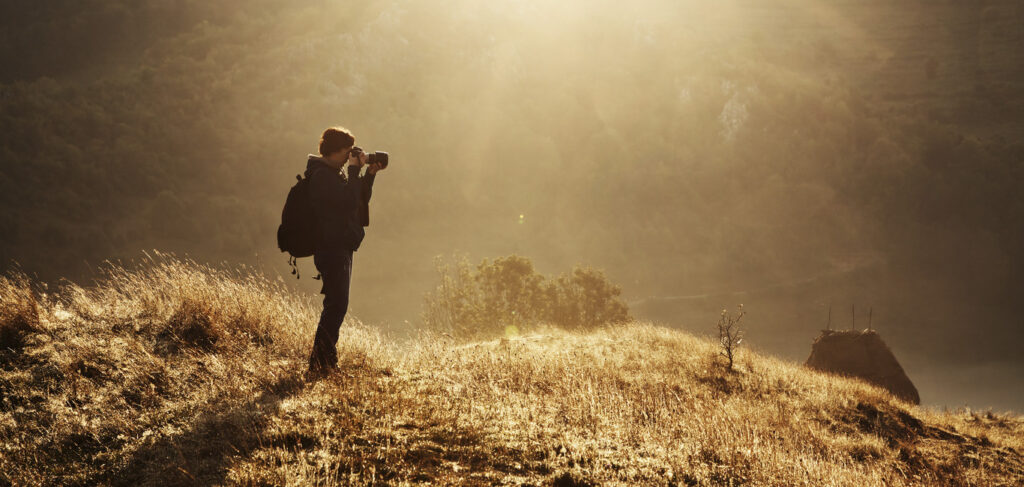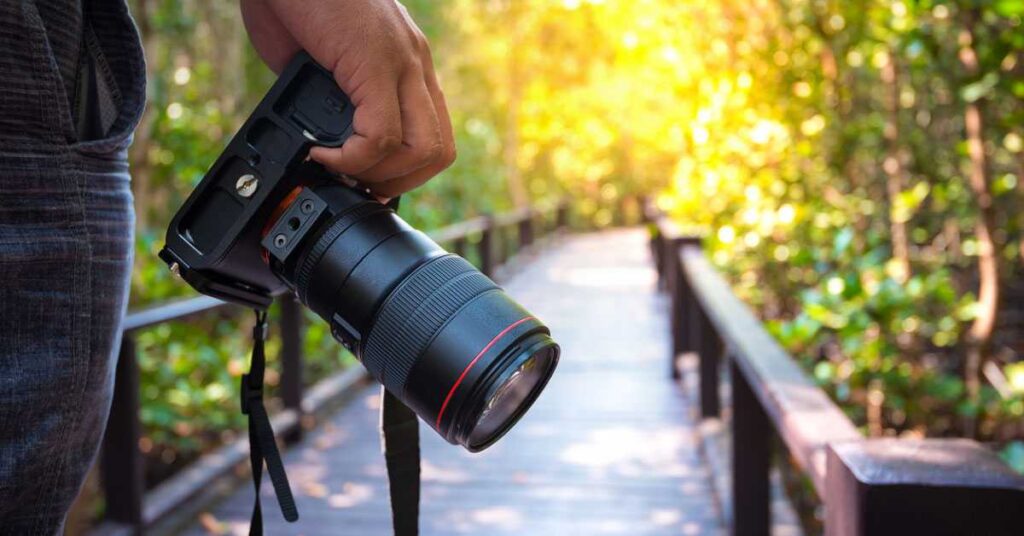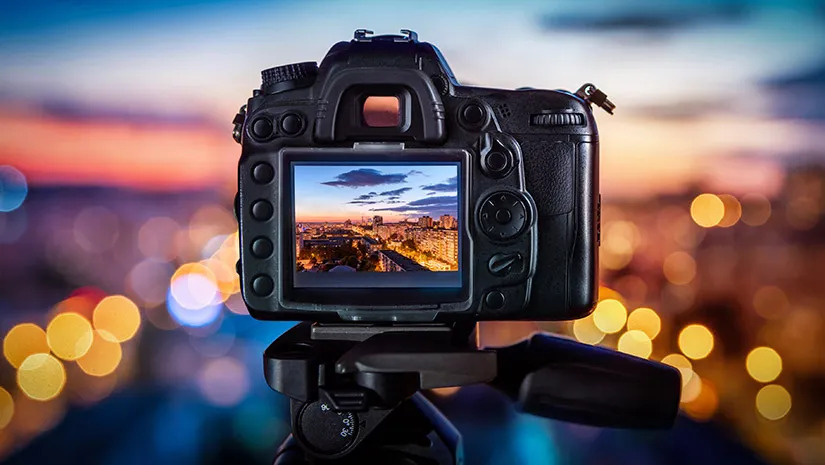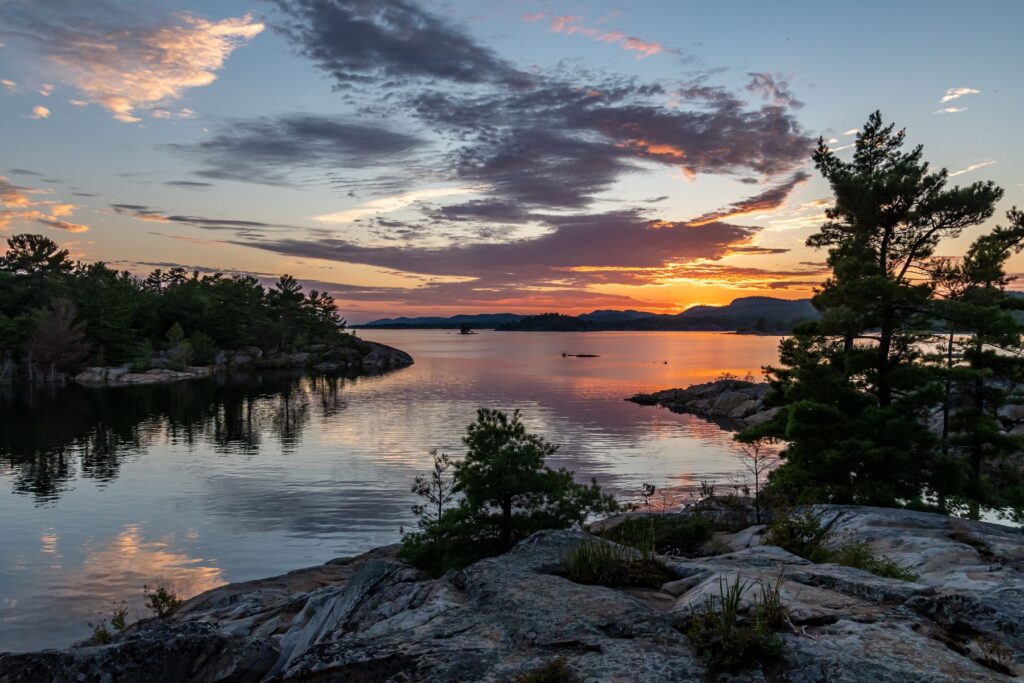People often have the perception that photography requires a lot of prerequisite skills and high-tech equipment. But did you know that you can effectively master the art of photography with just your smartphone?
A simple smartphone has specific features and in-built professional tools that help enhance the quality of a picture. If you understand how to use them properly, you can quickly learn photography skills without spending too much money on expensive cameras and gear.
In this blog post, Yvette Heiser, Texas- Mastering the Basics of Taking Pictures on Phone is here to provide tips and tricks to help you take artful pictures that look professionally captured.
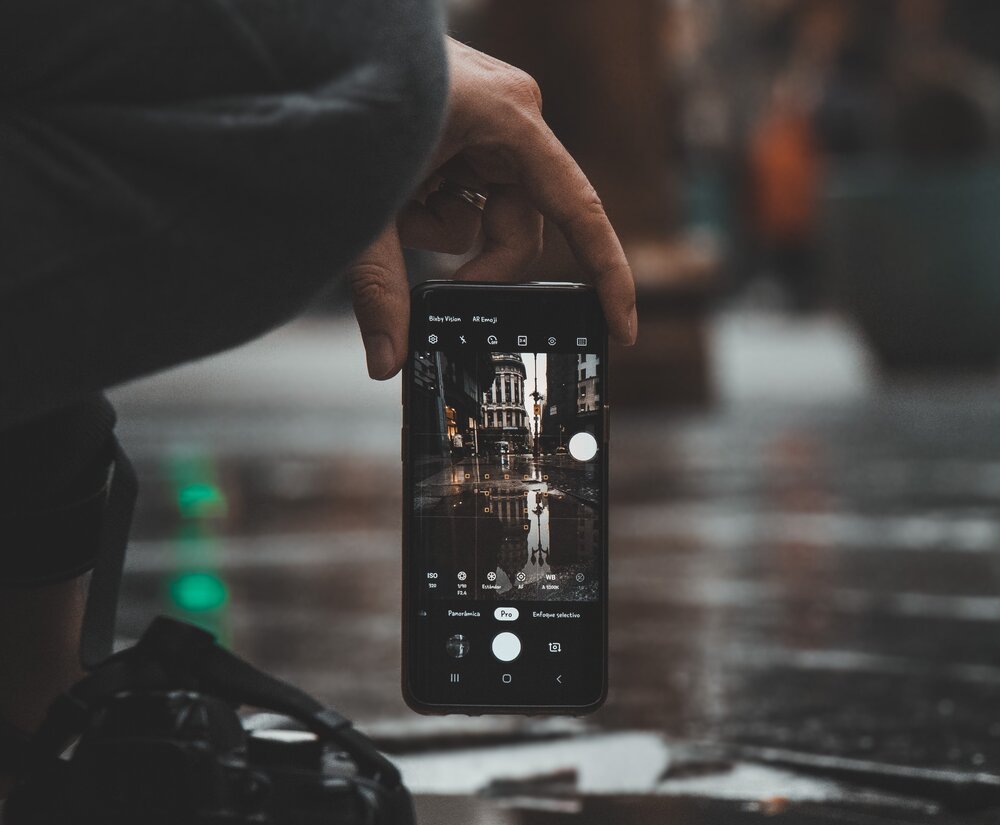
Explore your phone camera settings
Most smartphone cameras have various settings and additional tools that enhance a picture if we know how to use them properly. Turn on your camera’s grid lines to ensure you align your subject with the camera’s lens. Play around with the camera’s exposure and focus to change the quality of your image. Increasing the exposure allows the lens to capture more light, raising the picture’s brightness. You can manually focus on your subject and experiment with the ISO levels of your camera in its professional mode. You can also explore the various modes on your camera, like burst mode (for capturing fast-moving subjects), night mode, panorama, etc.
Learn how to compose your shots
A simple rule of thirds helps with composing a shot effectively. Imagine your screen divided into three lines, both horizontally and vertically. Place your subject at the intersection of these lines to get a well-composed and structured shot.
You can also play around with your angles to get pictures from various perspectives to make your final image more unique.
Utilize lighting and exposure.
Lighting and exposure are both essential for a professional-level shot. Try to take your pictures an hour after sunrise or an hour before sunset- typically called the “golden hour”, when the light is soft-tinted in a soothing golden hue. This lighting, or natural light in general, is highly effective in capturing good shots. The correct exposure is also significant. You must understand the exposure settings on your phone by playing around with them regularly. You should only use flash photography if it’s dark since it sometimes ruins the quality of the image.
Conclusion
This guide helps you understand that you can capture great images on your phone, too, as long as you understand how to use your camera’s settings and utilize the angles and lighting to your advantage.
If you wish to learn more about capturing the perfect angles of your favorite delicacies, Yvette Heiser Talks About Food Photography is the perfect blog to get you started!

